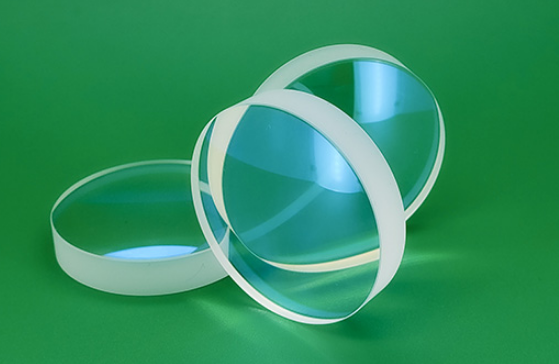Spherical Lenses - Types, Sign Conventions and Terms
Apr. 09, 2024
Spherical Lenses
A lens is a part of a transparent thick glass which is bounded by two spherical surfaces. It is an optical device through which the rays of light converge or diverge before transmitting. Thus spherical lenses are of two major kinds called “Convex or Convergent” lenses and “Concave or Divergent” lenses. The point from which these rays converge or appear to diverge is called the “Focus” or “Focal point” and is denoted by the letter ‘f’.
Types of Lenses
As previously discussed, spherical lenses come in two types:
a. Convex or Convergent Lenses
A convex lens is thicker in the middle and thinner at the edges. Also referred to as a "biconvex lens" due to its two spherical surfaces bulging outward. Convex lenses encompass both plano-convex (flat on one side and bulging outward on the other) and convex meniscus lenses (curved inward on one side and more strongly curved on the outer side).
b. Concave or Divergent Lenses
A concave lens is thicker at the edges and thinner in the middle. Also known as a "biconcave lens" because of its two spherical surfaces bulging inward. Concave lenses include both plano-concave (flat on one side and curved inward on the other) and concave meniscus lenses (curved inward on one side and less strongly curved on the outer side).
Sign Conventions for Spherical Lenses
a. All distances are measured from the optical center of the lens.
b. Distances in the direction of incident rays are considered positive, while those in the opposite direction are considered negative.
c. Above the principal axis, height measurements are positive, and below the principal axis, they are negative.
d. A convex lens has a positive focal length, and a concave lens has a negative focal length.
e. Object distance is positive, real image distance is positive, and virtual image distance is negative.
f. Magnification (m) = h1/h2, where h1 (height of the object) is positive, and h2 varies depending on the type of image: negative for a real image and positive for a virtual image.
Terms Related to Spherical Lenses
a. Optical Center
The optical center of a lens, denoted by letter O, is the central point lying on its principal axis.
b. Principal Axis
The principal axis of a lens is a straight line passing through the optical center and the center of curvature.
c. Principal Focus
The principal focus, denoted by the letter F, is a point on the principal axis where light rays parallel to it converge (for a convex lens) or appear to diverge (for a concave lens).
d. Focal Length
The focal length, denoted by the letter f, is the distance between the optical center and the principal focus of a spherical lens. It can also be defined as half of the radius of curvature: 2f = R or f = R/2. This is why the center of curvature is often labeled as 2F for a spherical lens instead of C.
e. Radius of Curvature
The radius of curvature, denoted by the letter R, is the distance between the optical center and the center of curvature of a spherical lens.
f. Center of Curvature
The center of curvature is the center of the sphere of which a part forms the spherical lens.




















